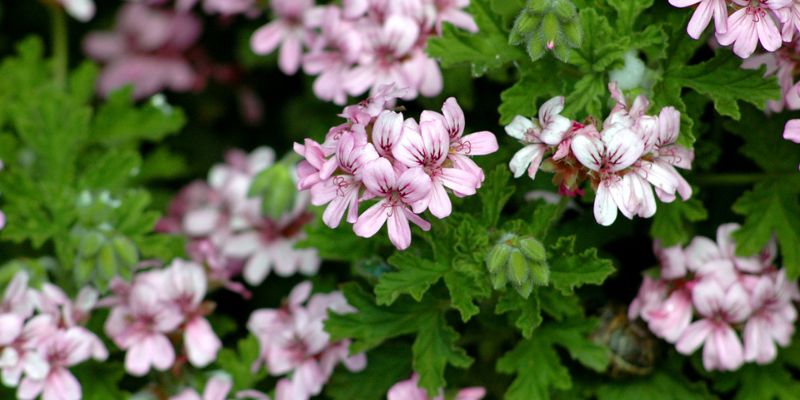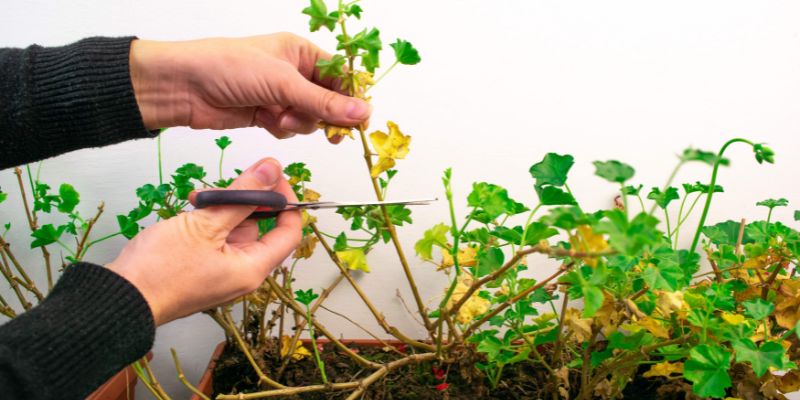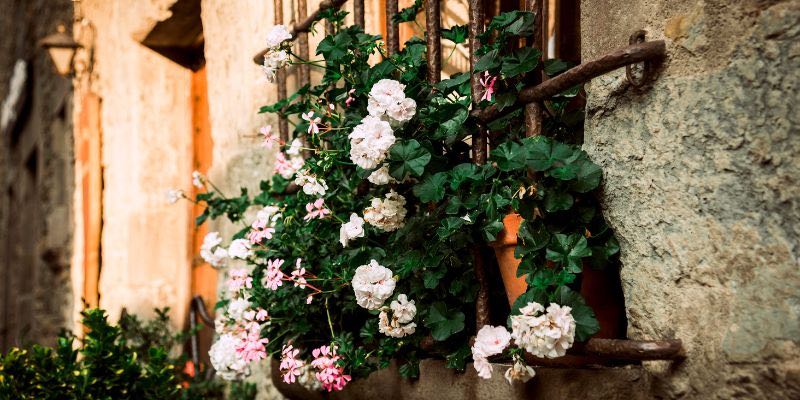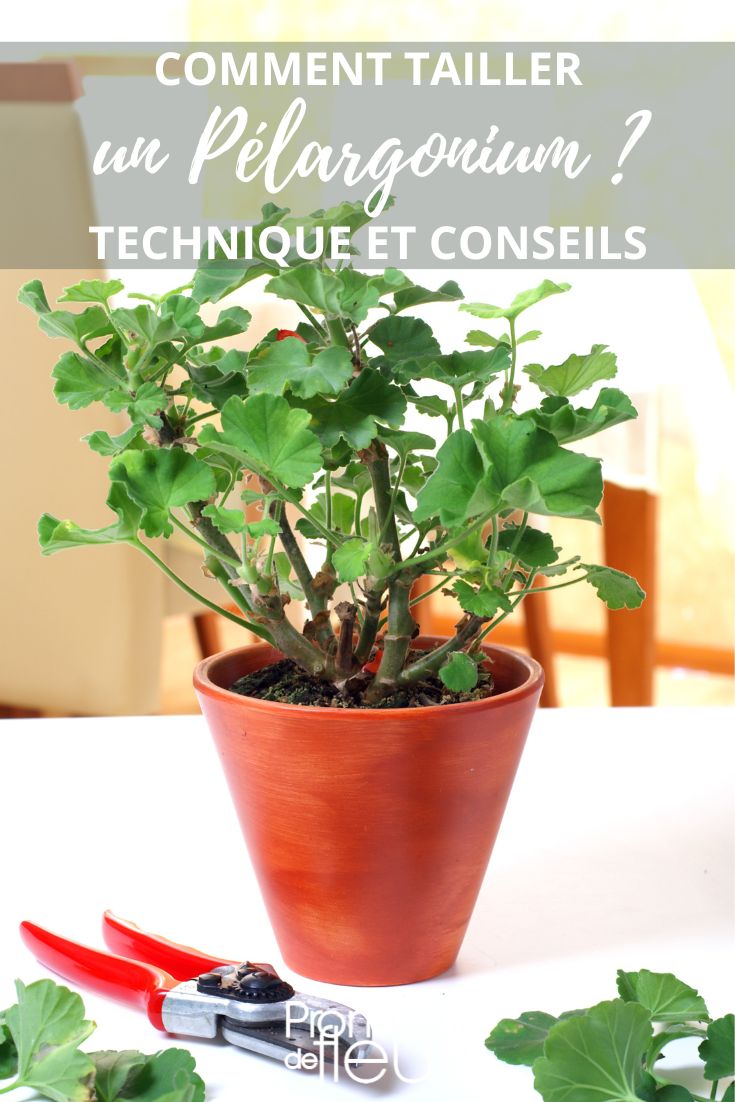Pelargonium, commonly known as Geranium or Balcony geranium, is a popular plant for its colourful flowers and aromatic foliage. Unlike the hardy geranium, the pelargonium is a tender plant, not hardy, which is grown as an annual or overwintered indoors in a bright room at temperatures between 7 and 10°C to continue producing flowers. If you want to encourage compact growth of the pelargonium, abundant flowering, and maintain a tidy appearance, regular pruning is essential, as it is a fast-growing plant that can quickly become leggy or untidy in a single season. Here are some tips for properly pruning a pelargonium to achieve regular growth.

When to prune a Pelargonium?
The best time to prune a pelargonium is early spring, when the plant begins to show signs of renewed growth after winter, if you have overwintered it or if it has not been frost-damaged during the cold period. However, it is also often pruned after summer, after flowering, as it can experience vigorous growth quite quickly. A light pruning can then be done in autumn to maintain its shape and keep it compact. Avoid pruning your pelargonium during the flowering period, as this would impact the number of flowers. During this time, consider removing faded flowers as they appear to encourage the emergence of new blooms.
How to prune a Pelargonium?
Before you start, ensure that your pruning tools are sharp and clean to avoid injuring the plant. Also, make sure that the scissors are disinfected to prevent spreading diseases to the plant. Start by removing faded flowers and dead stems by cutting just above a node. Remove all the first flower buds and pinch the tips of young plants to encourage branching and achieve compact growth. This will stimulate the growth of new stems and flowers.
This can be done using your fingers or a pair of sharp scissors. Pinch just above a leaf, being careful not to damage the plant's tissues. You can also pinch the young shoots as they grow to encourage lateral growth.
To maintain a well-balanced shape, you can prune the longest and thinnest stems. Cut just above a leaf node to stimulate the growth of new stems. Avoid pruning more than one-third of the plant at a time to prevent stressing the plant.
In practice and in summary, to properly prune a pelargonium, you should follow these simple steps:
- Remove dead or damaged stems by cutting them back to the base of the plant. This helps stimulate the growth of new healthy stems.
- Cut back stems that cross or rub against each other. This promotes adequate air circulation between the stems.
- Pinch the tips of young plants and remove the first flower buds.
- Or reduce the length of the stems by one-third to half. This encourages the growth of new lateral shoots and allows for compact growth.
- If you want your pelargonium to have a particular shape, cut the stems according to that shape using an appropriate pruning technique. For example, if you want your pelargonium to have a spherical shape, cut the stems following an imaginary circle around the plant.

The tools needed to prune a pelargonium
To prune a pelargonium, you will need a few basic tools:
- A pair of garden scissors or a pruning shear that is sharp
- Possibly some gardening gloves to protect your hands from cuts
- A container for the pruning waste
It is important to clean your gardening tools before and after each use to prevent the spread of diseases and pests. Use 90°C alcohol to disinfect your tools.
With a little care and patience, your pelargonium will thrive and provide beautiful flowers for your garden or home.

































Comments